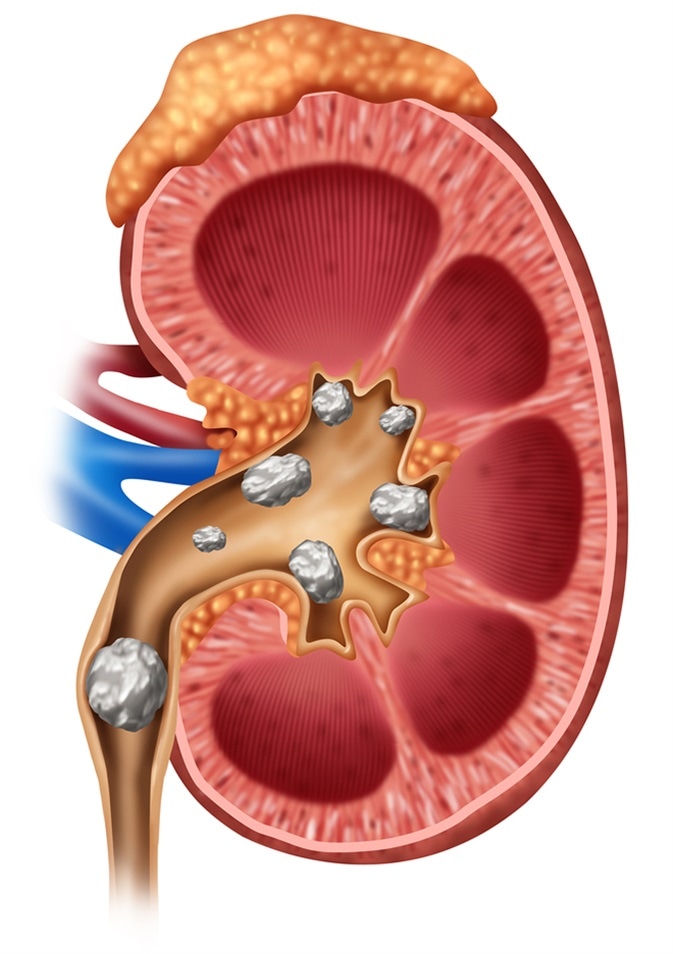Are you ready to find 'renal listhesis'? All the details can be found on this website.
Table of contents
- Renal listhesis in 2021
- Urolithiasis
- Prevent future renal lithiasis
- Ureterolithiasis
- Renal lithiasis symptoms
- Renal lithiasis prevention
- Renal colic symptoms
- Causes kidney stones in women
Renal listhesis in 2021
 This picture shows renal listhesis.
This picture shows renal listhesis.
Urolithiasis
 This image illustrates Urolithiasis.
This image illustrates Urolithiasis.
Prevent future renal lithiasis
 This image illustrates Prevent future renal lithiasis.
This image illustrates Prevent future renal lithiasis.
Ureterolithiasis
 This image illustrates Ureterolithiasis.
This image illustrates Ureterolithiasis.
Renal lithiasis symptoms
 This picture demonstrates Renal lithiasis symptoms.
This picture demonstrates Renal lithiasis symptoms.
Renal lithiasis prevention
 This image representes Renal lithiasis prevention.
This image representes Renal lithiasis prevention.
Renal colic symptoms
 This picture demonstrates Renal colic symptoms.
This picture demonstrates Renal colic symptoms.
Causes kidney stones in women
 This picture demonstrates Causes kidney stones in women.
This picture demonstrates Causes kidney stones in women.
Can a fever be a sign of kidney lithiasis?
When people have struvite stones, they can also show signs of kidney stones with fever and flu-like symptoms. The diagnosis of renal lithiasis does not necessarily mean huge interventions, if infection is suspected, you can receive antibiotics.
How is nephrolithiasis treated in people with kidney stones?
Treatment for nephrolithiasis. The treatment is adapted according to the type of calculation. The urine can be filtered and the stones can be collected for evaluation. Drinking six to eight glasses of water a day increases the flow of urine. People who are dehydrated or have severe nausea and vomiting may need intravenous fluids.
What are the different types of kidney stones?
Some of the different types of stones that occur in kidney stones include struvite stones , which are normally formed around the infective material in the kidneys, some people develop calcium or calcite stones, stones that may be due to the levels excessive calcium oxalate .
How big is a stone in renal lithiasis?
Renal lithiasis, also known as urolithiasis or nephrolithiasis, is a disease caused by the presence of calculi, or stones, inside the kidneys or urinary tract (ureter or bladder). A stone (calculus) can be as small as a grain of sand or as big as a pearl.
Last Update: Oct 2021